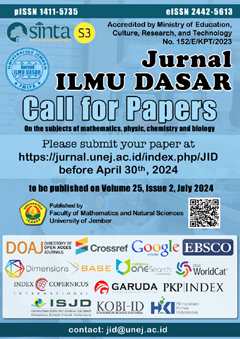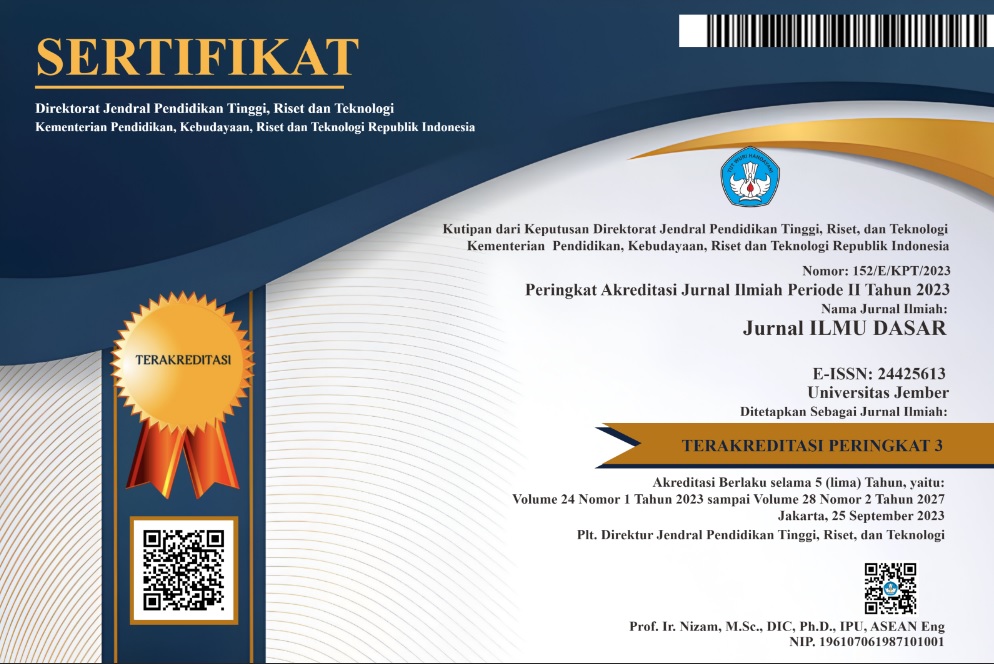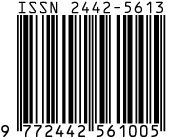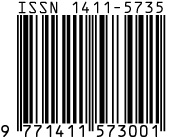Analysis of Quantitative Structure and Solubility Relationship for Organophospate Active Compounds Linear Model and Cluster Model Approach
Abstract
Study on quantitative solubility and structure relationship of organophospate pesticide has been conducted. Aim of this research is to analyze relationship between characteristic physical properties (water solubility) of pesticide with molecular structure by a model that can be used to predict physical properties of new compound proposed to be pesticide compound. Analysis was done for 52 organopospate compounds and its water solubility data. The model predicted by 39 fagmental descriptor based on spesific structure of organophospate compound. Analysis used in modeling are cluster analysis, one way analysis of variance (ANOVA) and regression analysis. Result show water solubility of the pesticide compound positive effect by functional group of P=O, N-primer and C=O in the structure. Functional group of S (sulphur), fen (phenil) , C-aromatic, C1-C2, C3-C4, C5-C6, Ortho Aromatic, P=S, C-Cl and log(Mr) decrease water solubility. The model resulted by regression analysis using stepwise and best subset method is : Ln(1+watsol) = 11.0 - 0.352 n C (aromatic) - 5.41 n (P=S) - 1.55 n (C-Cl), F-value = 32.43 (sign. 0,000) , R2 = 0.67 dan S=2.643. The model can be used to predict the organoposphate water solubility.
Keywords : QSPR, ANOVA, regression analysis, organophospate pesticide











